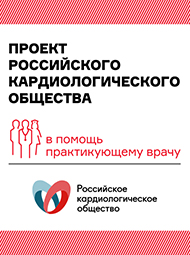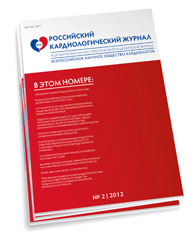STEMI Rate Steady in Younger Women
LAS VEGAS -- Women younger than 55 have not been seeing the improvements in recent years in rates of ST-segment elevation myocardial infarction (STEMI) observed in older women and men of all ages, researchers found.
From 2007 to 2011, STEMI rates dropped for men and women 55 and older, decreased slightly for men younger than 55, and remained stagnant for women younger than 55, according to Dmitriy Feldman, MD, of Weill Cornell Medical College and New York-Presbyterian Hospital in New York City.
In addition, younger women were less likely than their male counterparts to undergo reperfusion and had worse in-hospital outcomes, he reported at theSociety for Cardiovascular Angiography and Interventions meeting here.
Feldman told MedPage Today that the findings highlight an area where clinicians can concentrate on preventive measures. Women were more likely than men to have a range of high-risk characteristics, and getting better control of those risk factors might help mitigate the sex differences observed, he said.
"It's an awareness issue," he said. "Awareness on the part of both patients and clinicians of early identification of risk factors like smoking, diabetes, hypertension, hyperlipidemia, weight issues, etc., in younger women so that those can be addressed early enough to prevent the myocardial infarctions at an early age."
Rates of MI overall have been declining over time due to improvements in medical therapy for coronary artery disease, but a recent study conducted in Canada suggested the opposite trend in younger women.
To explore the issue in a U.S. population, Feldman and colleagues examined data from the Nationwide Inpatient Sample on 13,009 women and 42,444 men.
On average, the women were older (67 versus 64) and were significantly more likely to have a range of medical conditions, including hypertension, diabetes, heart failure, anemia, chronic obstructive pulmonary disease, obesity, peripheral vascular disease, chronic renal failure, and valvular disease.
They were, however, less likely to present with STEMI (31.7% versus 42.5%) and to undergo percutaneous coronary intervention (39.1% versus 54.9%) or coronary artery bypass grafting (5.8% versus 8.4%).
Over the 5-year study period, there was no change in the rate of acute MI in either men or women, although STEMI rates declined in all patient groups except for women younger than 55.
In-hospital outcomes were worse for younger women than for younger men after multivariate adjustment:
· Death (OR 1.10, 95% CI 1.04-1.17)
· Stroke (OR 1.31, 95% CI 1.10-1.55)
· Bleeding complications (OR 1.30, 95% CI 1.22-1.37)
· Vascular complications (OR 1.33, 95% CI 1.15-1.55)
Acute renal failure, however, was less likely to occur in younger women after adjustment (OR 0.77, 95% CI 0.74-0.80).
Those findings were consistent with another study presented at the meeting by Toralben Patel, MD, MPH, of the Wright Center for Graduate Medical Education in Scranton, Pa.
She and her co-author examined sex differences in in-hospital and long-term mortality among patients undergoing primary PCI for STEMI by performing a systematic review and meta-analysis of 22 observational studies in which primary PCI was performed within 12 hours of symptom onset. The studies included a total of 30,955 men and 11,440 women.
In unadjusted analyses, women had significantly higher in-hospital mortality (OR 1.83, 95% CI 1.56-2.16) and 1-year mortality (OR 1.63, 95% CI 1.33-2.00) after primary PCI.
Patel said that the difference in in-hospital -- but not 1-year -- mortality held up in adjusted analyses, which were not presented at the meeting.
Although it's unclear what explains the sex difference, Patel said that there could be biological differences -- in terms of microvascular endothelial function, inflammation, and left ventricular remodeling after the infarction, for example -- that could be at play.
Other factors that could be contributing are undertreatment of risk factors for coronary artery disease and greater delays in getting to the hospital among women, she said.
"There should probably be public health policies addressing risk factors in females more, and even if a woman has atypical symptoms she should be considered for invasive evaluation in an appropriate fashion," she said.
Source: www.medpagetoday.com






